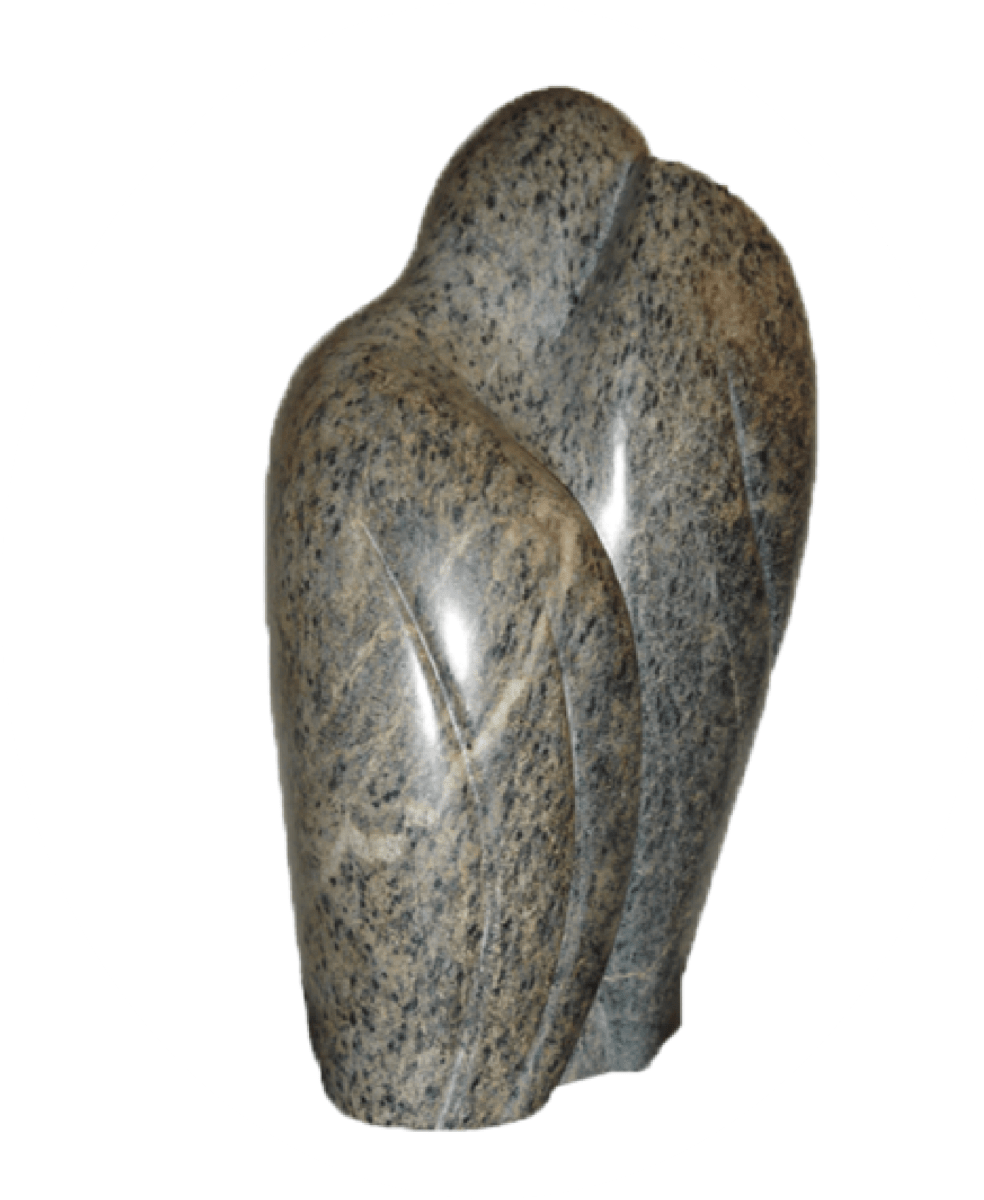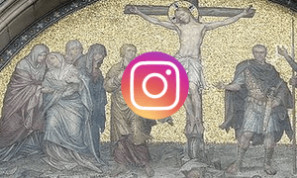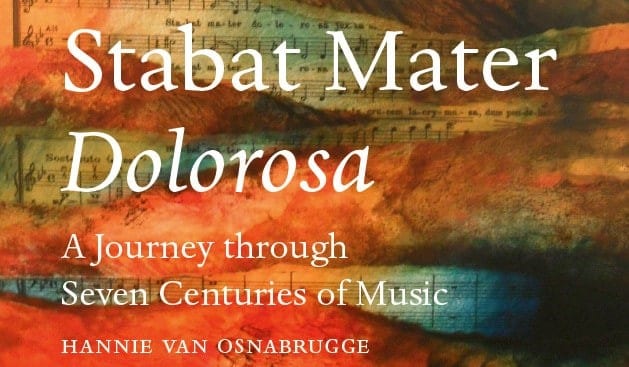My observations on the religious background of the Stabat Mater are being handicapped by the fact that I miss a religious background myself. What you read here is a compilation of the information I found in the CD-booklets, encyclopedia and Internet. Some interesting information can also be found in Lateinische Kirchenmusiktexte by Paul-Gerhard Nohl, Bärenreiter-Verlag, ISBN 3-7618-1249-3. Some very interesting thoughts about Marian devotion can be found in a lecture on Theology in Music by Rev.P.Okke Postma, which he kindly sent to me. It also contains a more extended description of Dvořák’s life and his Stabat Mater, as he used this to illustrate his lecture.
Stabat Mater and the bible
The concept of “God” in Christianity is largely male, yet a clearly feminine perspective is also present, namely in two religious texts, the Magnificat and the Stabat Mater. The Magnificat (a biblical text) pictures the joy of Maria at the annunciation of Christ’s birth. The Stabat Mater expresses in its first eight stanzas a deeply felt compassion for the mother of Christ, standing by the cross on which her son hangs. In stanza 2 reference is made to the prophesy of Simeon, who tells Maria: “and a sword will pierce your heart” (Lucas 2, 35). After that, the poet prays fervently to the Madonna to let him share her grief, to let him suffer with Jesus, and for her intercession in order to survive the day of justice. In the last stanza he addresses Christ himself, praying for a place in paradise. A picture of the Stabat Mater can be found in almost every catholic church where the Stations of the Cross are shown. The twelfth Station depicts Jesus on the cross, with Maria and John looking at him.
Stabat Mater as musical inspiration
Both texts have been a source of inspiration for many composers, from medieval times to the present day. Concerning the Stabat Mater, this is really surprising. The text is long, with a rigid form and rhythm, shows little variation from a dramatic viewpoint and is in a sentiment of dejection from the beginning to the end. Could this be the reason that Schubert, after a first try, took a German adaptation of the Stabat Mater as his subject?
Music and Religion
The Stabat Mater in its many musical settings is a fine example of the tension that exists for religious music between the religious message and the artistic expression. Saint Augustine already posed the question if the comforting of the soul in hearing a choral was caused by faith, or by the beauty of the melody. If in the beginning the word had priority in church music, gradually the music itself became more important. In the first part of the 18th century a passionate discussion was started on this subject. There were many who objected against the worldly influences that appeared in the church music, in the form of operatic ensembles, chorals and musical accompaniment. This is understandable, if we, for instance, listen to the famous tenor-aria “Cuius animam” from the Stabat Mater by Rossini. Interpreted by Pavarotti, who will realize what text is being sung there?
Stabat Mater and Liturgy
The earliest established melody of the Stabat Mater is one that ordinary people in Italy sang. Surprisingly, such melodies are still sung in different places, for instance on the islands of Corsica and Sardinia. Examples of these melodies are recorded on several CD’s. See Anonymus (Sardinia).
Set on a, originally Gregorian, melody the Stabat Mater functioned for some time in the catholic liturgy as a sequens, in which every melody was sung only twice, so that every pair of stanzas got a new melody. As a sequens-melody the earliest printed form of the Stabat Mater can be found in the Graduale Romanum Antwerpiae of 1712. However, not with one melody but with several trial melodies, which can be seen as proof that not one definite melody existed.
It was sung on the Friday after Palm Sunday. Also, shorter versions existed as psalm-like songs, that were no part of the daily mass, but that were used by certain celebrations of the liturgical calendar. Technically, the sequens was the addition of text to the final melisma of the Alleluia, as a means of facilitating its memorization. In the 12th century the sequens established itself as an independent piece in which music and text were closely related, and as such it became one of the most influential of all the literary and musical forms of the Middle Ages. During the 16th century the number of sequenses (more than 4500!) had grown in such a way that normal liturgical practice was put under pressure. Another development was that composers in the Renaissance increasingly began to make use of exceedingly complicated polyphony, which certainly did not help listening to the text. This, and the fact that the texts were not taken from the Bible, were the reason that all sequenses, with the exception of four (Victimae paschalis laudes, Veni sancte spiritus, Lauda Sion and Dies Irae), were banned by the Council of Trent (1545-1563), the Stabat Mater included. It was not allowed to be sung during services anymore, but only at other religious manifestations. However, in 1727 it returned definitely in the liturgy by the initiative of Pope Benedict XIII, as fifth sequens in the missal, sung on the third Sunday in September (nowadays on September 15) on the Feast of the Seven Sorrows of our Lady (de Compassione Mariae). In the official liturgy nowadays a nineteenth century version by Dom Fonteinnes is used.




